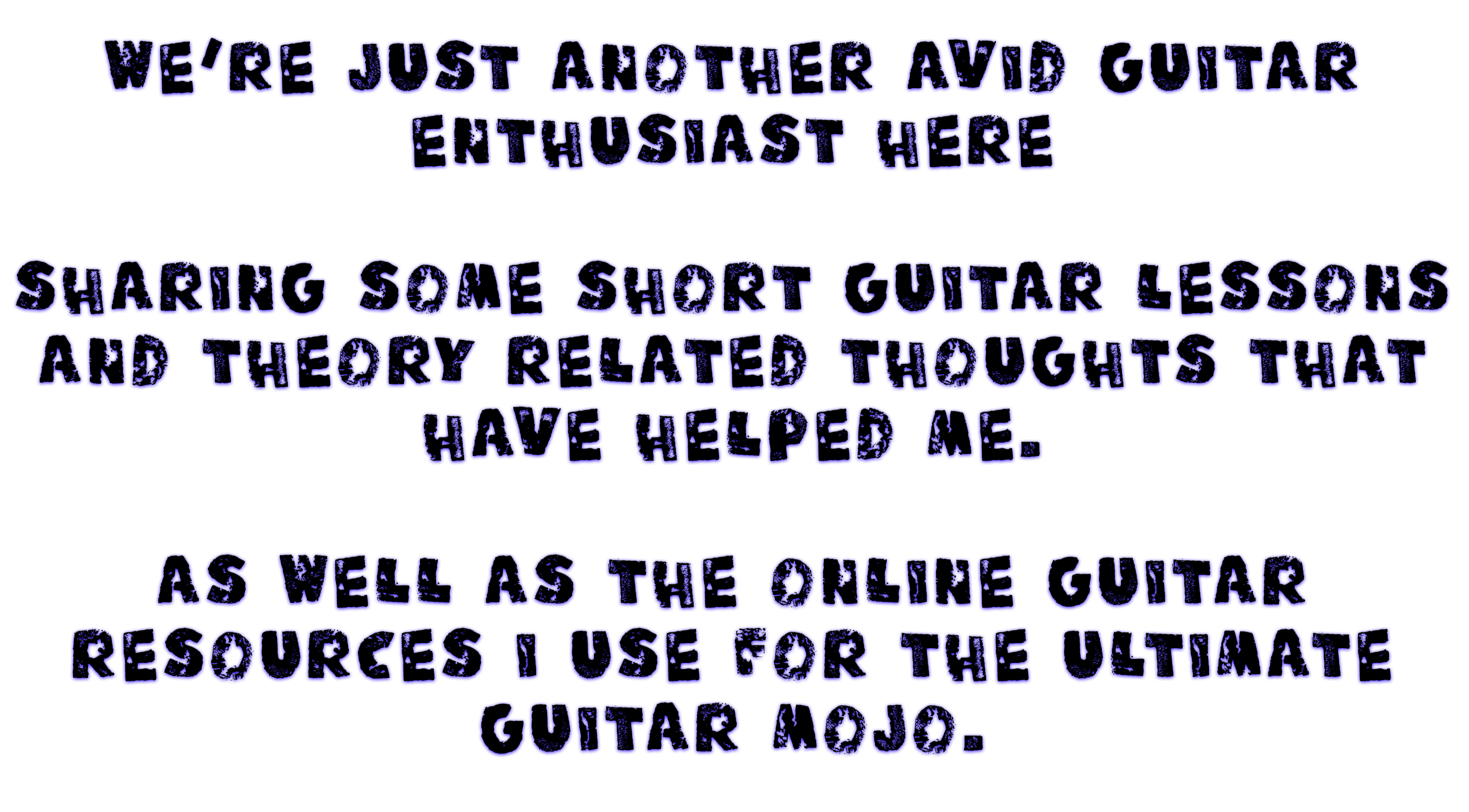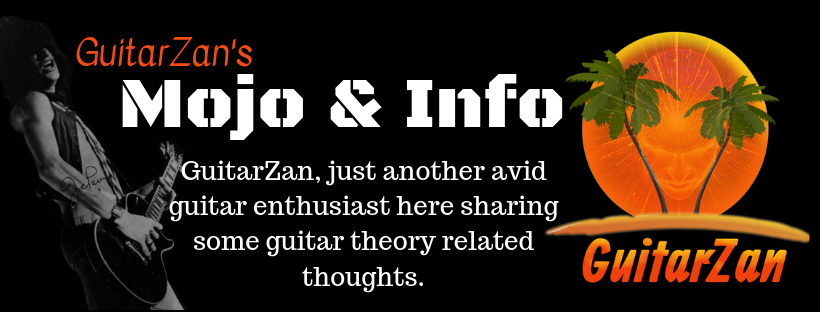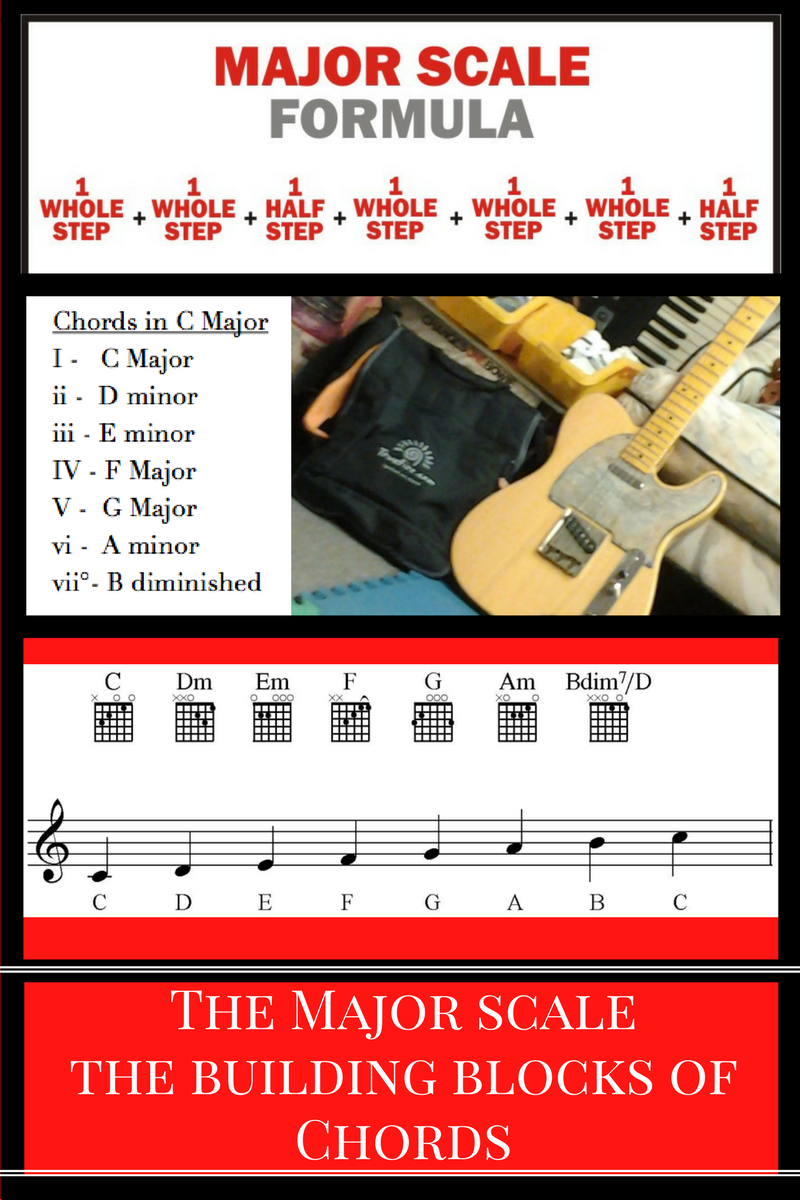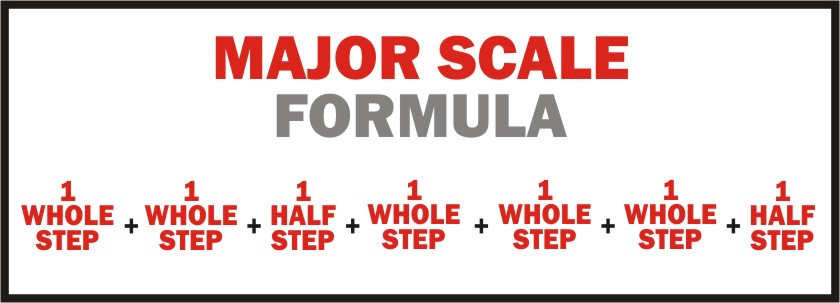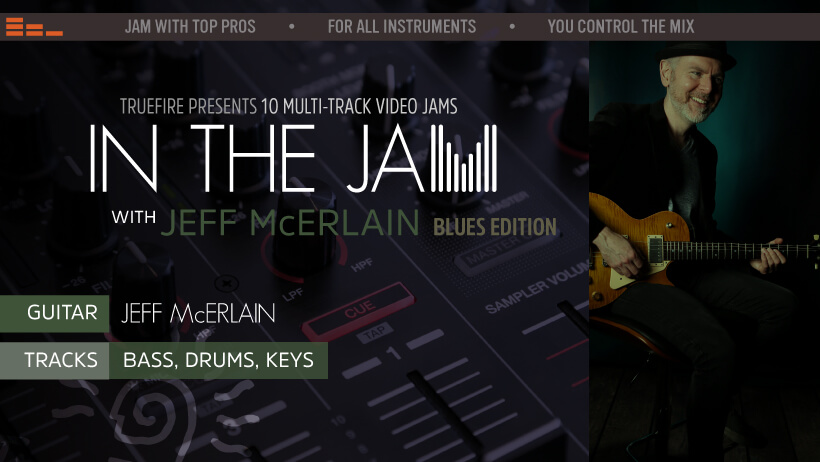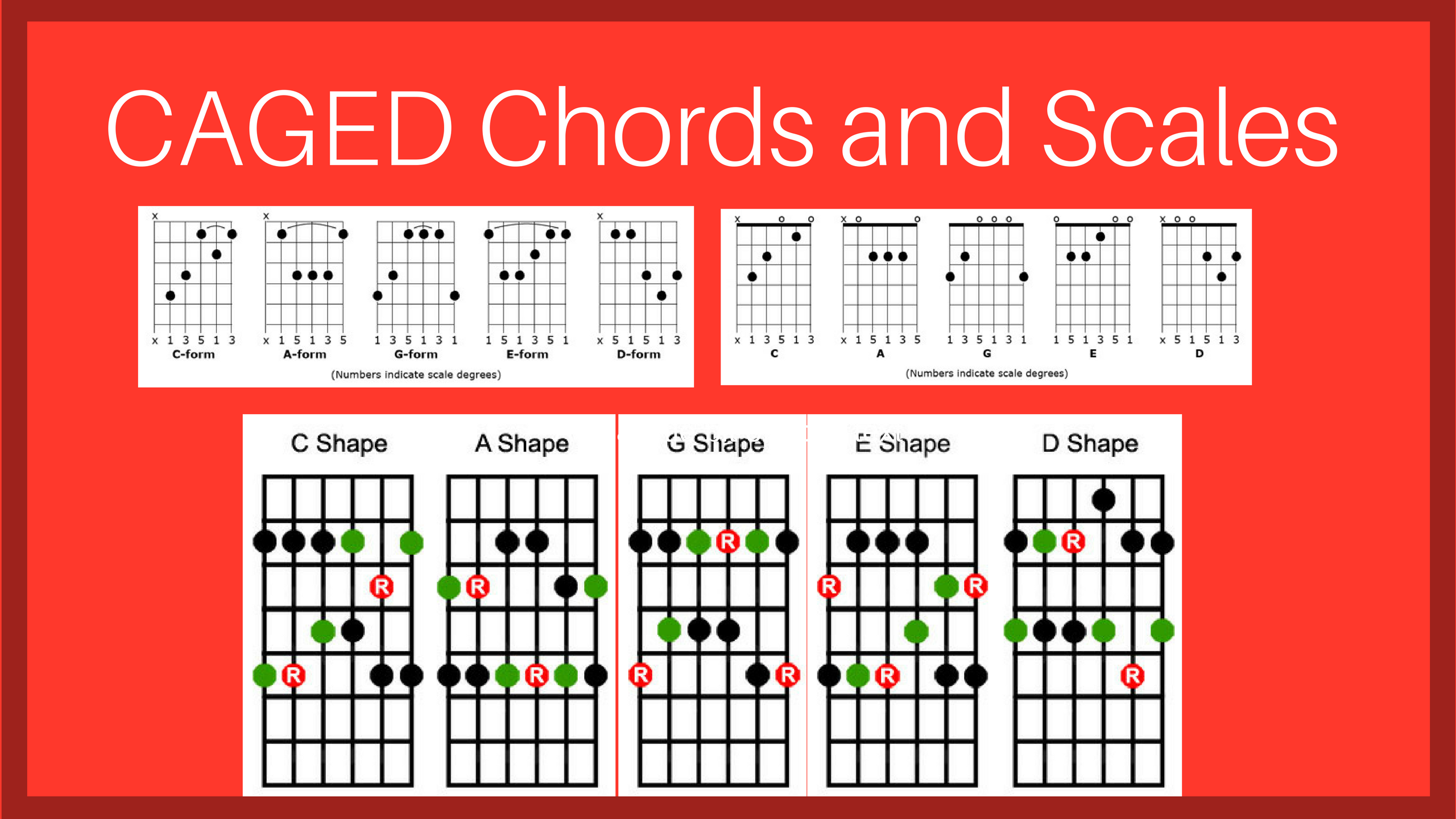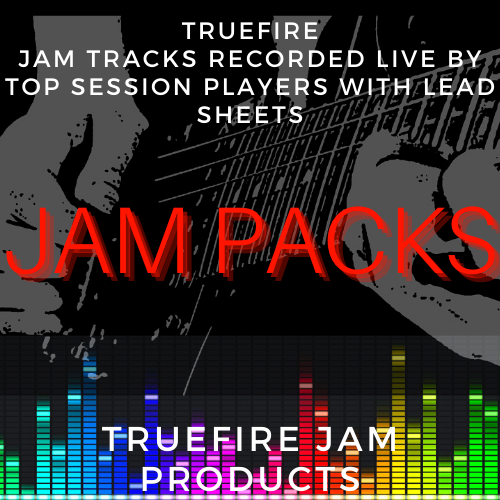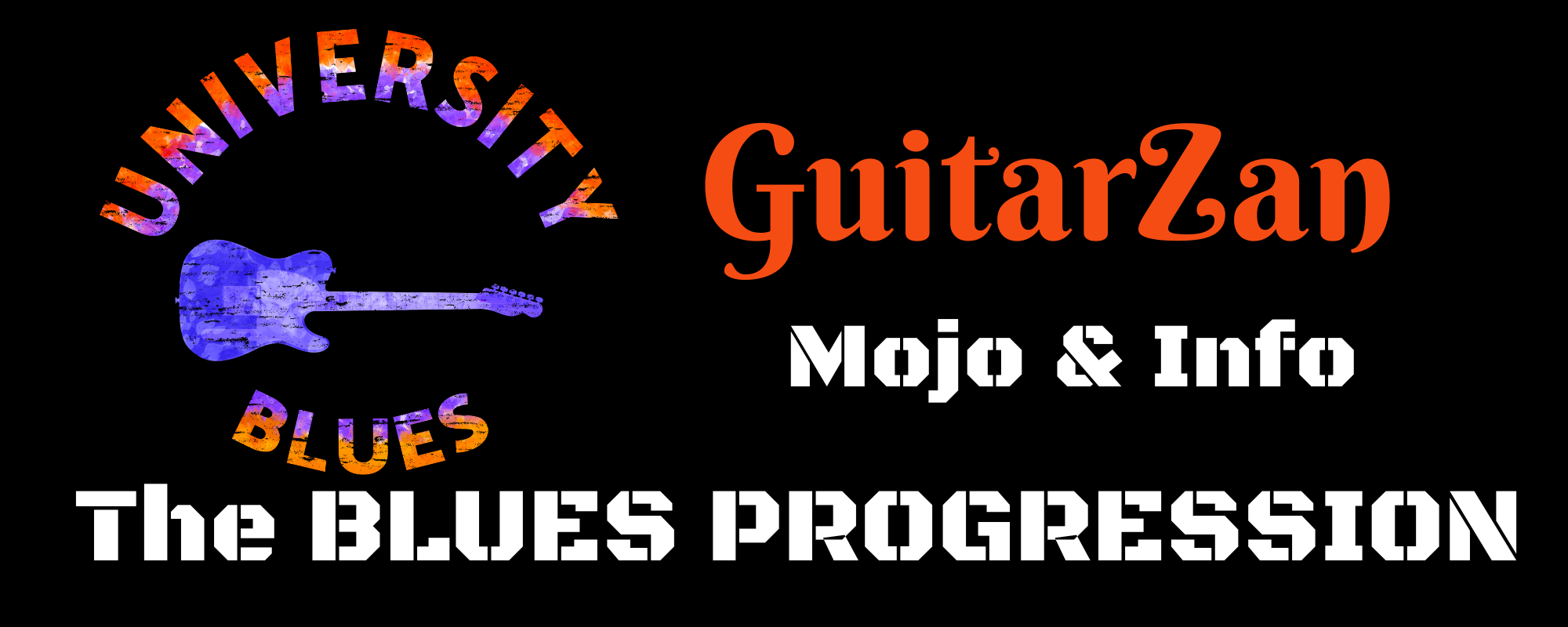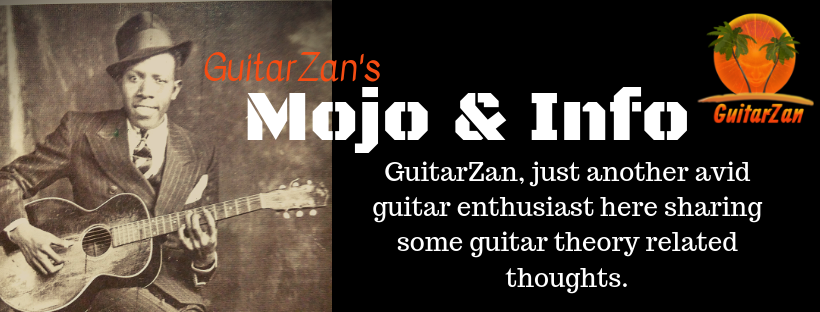Know Your Intervals
Some Mojo & Info Heads up First
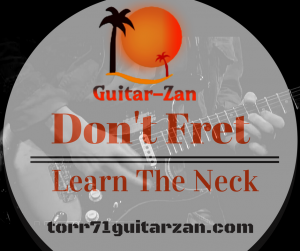 To begin with, you should have a basic understanding of chords and the major scale/pentatonic scale. Also a good understanding of intervals and how they relate to the guitar. At least be able to know the name of the strings on the guitar, E A D G B E. You'll need some sort of starting point. I'll also put a bit of boring stuff here to get it out of the way.
To begin with, you should have a basic understanding of chords and the major scale/pentatonic scale. Also a good understanding of intervals and how they relate to the guitar. At least be able to know the name of the strings on the guitar, E A D G B E. You'll need some sort of starting point. I'll also put a bit of boring stuff here to get it out of the way.
Know Your Major Scales and How Chords Relate
This is where having a bit of mojo scale theory will be helpful, knowing what the intervals are and how they relate to the major scale. That whole step half step stuff…if you are already lost
Half Steps: The guitar neck is separated by frets into 12 semitones or half steps that repeat. Each fret is one half step. This is why the 12 fret of any string is the same notes as that open string, an octave higher. Every 12 consecutive frets starts the semitone cycle all over again an octave higher.Whole Steps: Whole steps are equal to two half steps, or two frets. Another way of saying it would be two semitones make up a whole tone or whole step. A good way to visualize this on the guitar neck is to play a note on any fret, then skip a fret and play the next one up for the whole step.
Intervals Seen On Guitar
Learn Your Intervals
Getting a good idea of how the guitar is tuned will help you understand how chords and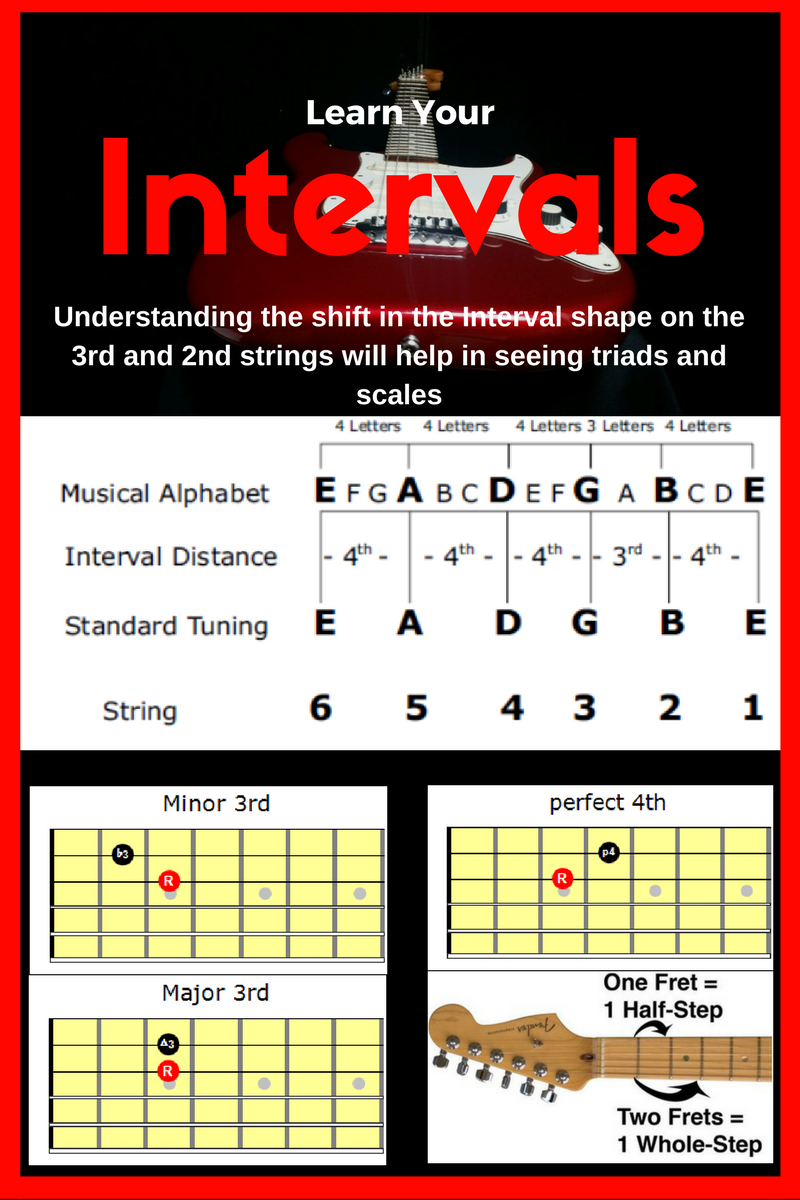 scales develop their shape. The guitar is tuned to perfect fourths except on the G and B strings where the interval is a major 3rd. Again, knowing how intervals relate to the scale and how they can be seen on the guitar neck. Seeing/knowing how this interval changes the chord/triad shape to these string will help your mojo to get working.
scales develop their shape. The guitar is tuned to perfect fourths except on the G and B strings where the interval is a major 3rd. Again, knowing how intervals relate to the scale and how they can be seen on the guitar neck. Seeing/knowing how this interval changes the chord/triad shape to these string will help your mojo to get working.
Memorize and Learn The Notes
Memorize and Learn The Notes

Finding the notes
Finding the notes on the fretboard can be a bit of a challenge because the same note can be found in several places. Choosing the right note will depend on some tactical mojo. Finding the note that best fits where you are, and your technique will determine where, when, and how. Finding notes is a visual process.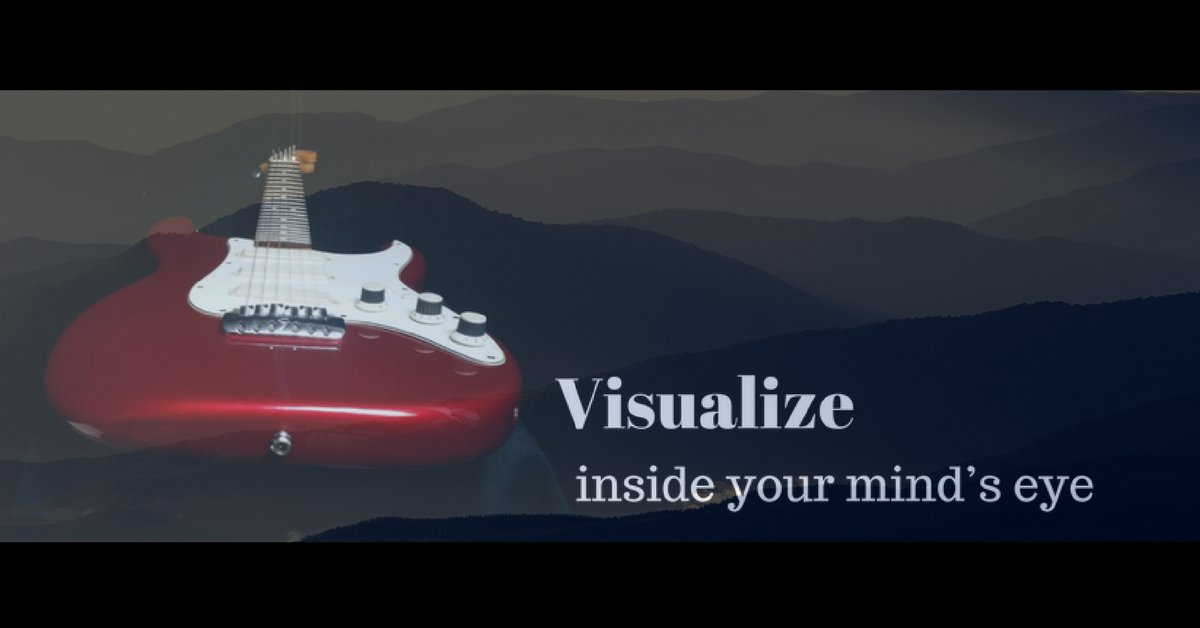
If you can familiarize/visualize yourself with a few notes in a few different places on the neck, you can use your mojo of half steps and/or root/Octave shapes to find all the others.
The Mother of all Shapes
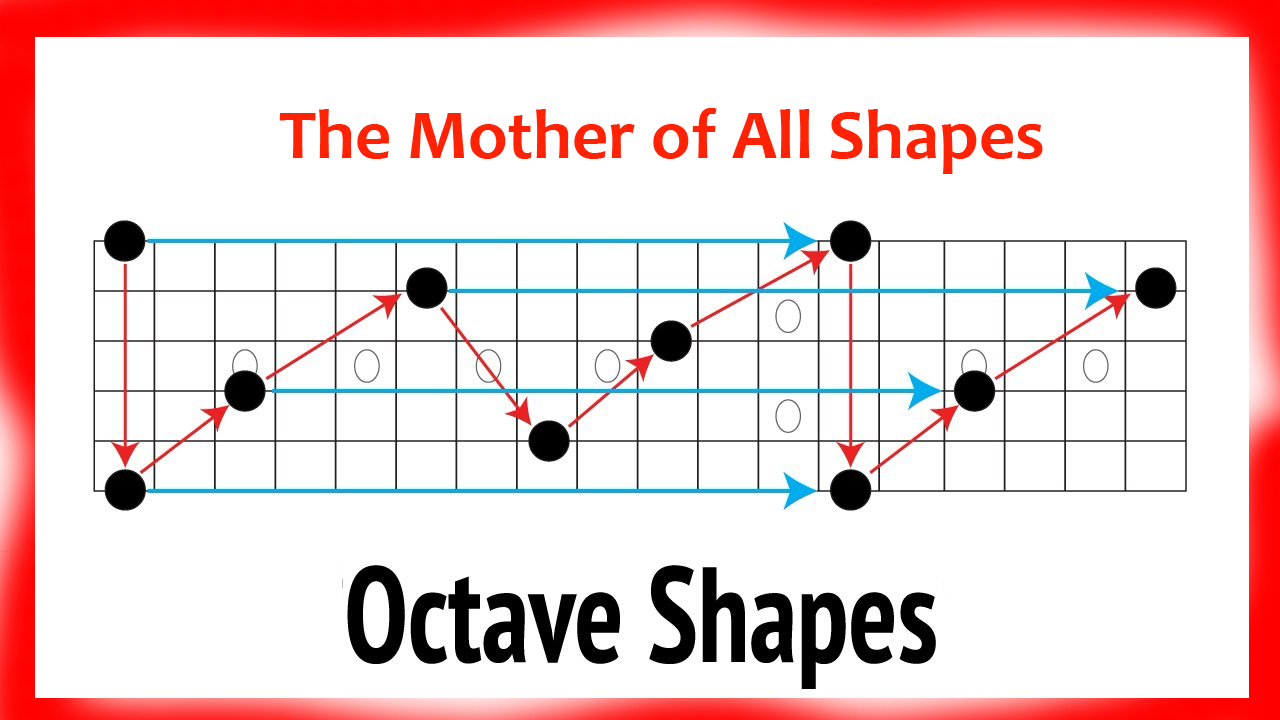
The shape of the perfect octave on the fretboard can be used as an anchor; This will help you visualize the fretboard. This is the stepping stone for instantly finding any note along or across the fretboard.
IMHO, you have to learn the notes on the guitar if you want to play the guitar at a high level. The guitar should be fun and challenging simultaneously, so don't get intimidated by learning the notes.
 It can be challenging to learn every note on the fretboard instead of reading guitar tablature. This will greatly increase your mojo! The Octave shape is just the start.
It can be challenging to learn every note on the fretboard instead of reading guitar tablature. This will greatly increase your mojo! The Octave shape is just the start.
Four Main Triads
Triads are the most basic chords you can play on guitar, consisting of just three notes. Therefore, we only need three strings to play them.
Four triad types form the basis of harmony in music:
- Major triads, which consist of a root (1), major 3rd (3) interval, and perfect 5th (5) interval. 1 3 5.
- Minor triads - root (1), minor 3rd (b3), and perfect 5th (5). 1 b3 5.
- Diminished triads - root (1), minor 3rd (b3), and diminished 5th (b5). 1 b3 b5.
- Augmented triads - root (1), major 3rd (3), and augmented 5th (#5). 1 3 #5.
One way to see triads is a sequence of major 3rd and/or minor 3rd intervals.
Major triad = 1 - major 3rd - 3 - minor 3rd - 5
Minor triad = 1 - minor 3rd - b3 - major 3rd - 5
Diminished triad = 1 - minor 3rd - b3 - minor 3rd - b5
Augmented triad = 1 - major 3rd - 3 - major 3rd - #5
Learn The Triads on String Sets
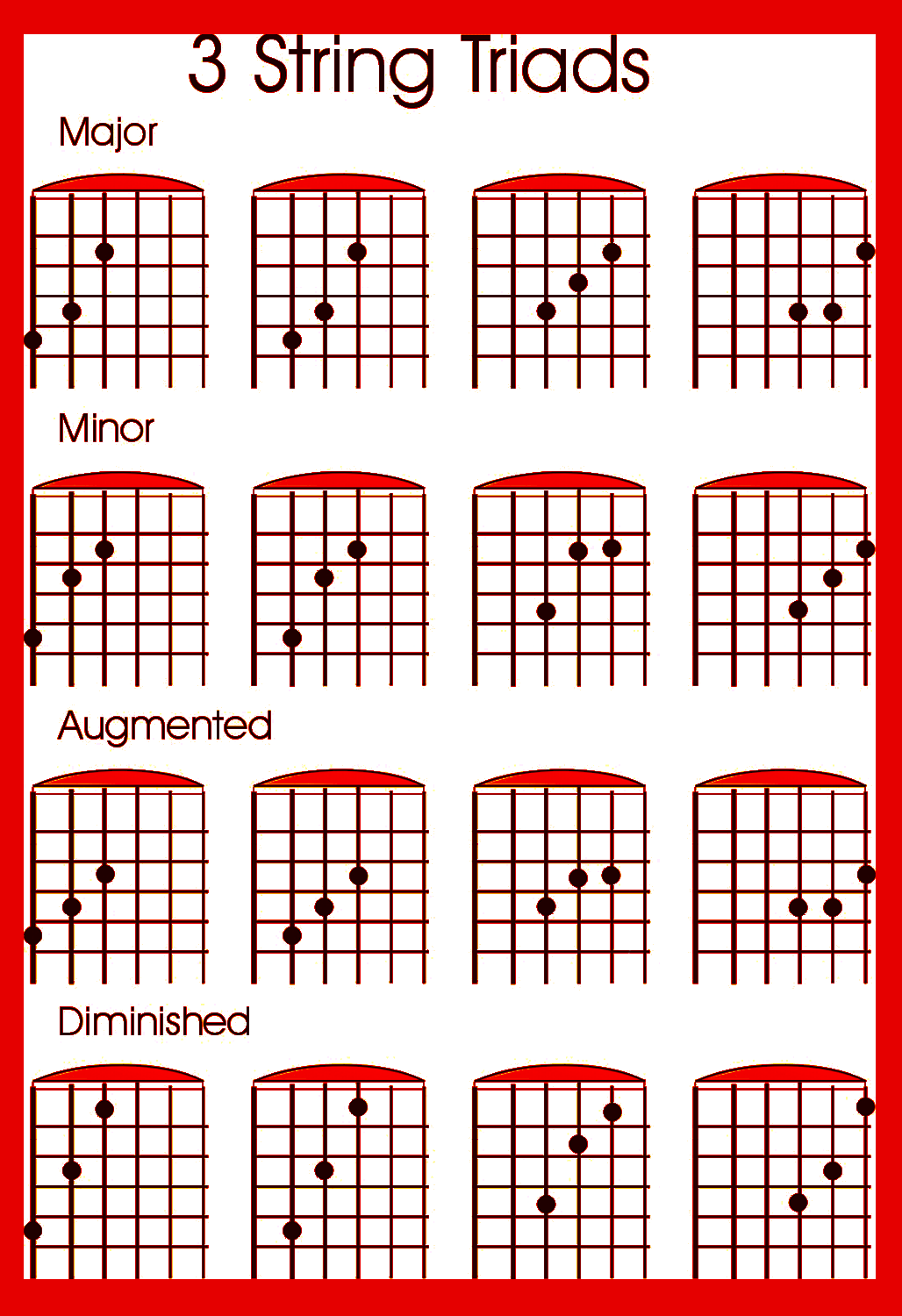
83,471 Interactive Video Lessons Anywhere, Anytime, Any Device, At Your Own Pace!
Streaming Access to All Courses & Song Lessons!
Learning The CAGED System and Chord Tone Soloing
The CAGED guitar system is the mojo needed to visualize and link scales like the major pentatonic scale or Ionian/Major scale(one for each chord shape) to span the fretboard.
The idea is based on the relationship between common major chord tones (root-3rd-5th) and major pentatonic scales (root-2nd-3rd-5th-6th) shapes. Seeing the major pentatonic scale laid out over these chord forms has major implications.
There are literally thousands of chords and chord shapes that can be played on the guitar; most can be traced back to the 5 open forms. The 5 forms are C, A, G, E, and D. Each one of these chords can be turned into a barre chord and moved around the fretboard. Using the CAGED guitar system to relate five major pentatonic scale shapes to five chord shapes, we should have an easier time locating those positions.
It'll take some mojo effort on your part to learn them all, but it gets easier as you go. Once you get going, the many similarities between the shapes make it come together pretty quickly. With some good focused practice time, it’ll be possible to have the CAGED system working that mojo.
Things you could practice are to play the chords to a chord progressions but  staying in one position of the neck. This can open up a whole new world with your guitar solos and chord comping. Don't try playing the whole chord shape but break it down to string sets. Practice targeting specific notes in the chord using the pentatonic scale; try targeting the 3rds of the chord. Use the practicing ideas to build your CAGED mojo, and your solos will improve by a huge amount. This will help in your ability for chord tone soloing.
staying in one position of the neck. This can open up a whole new world with your guitar solos and chord comping. Don't try playing the whole chord shape but break it down to string sets. Practice targeting specific notes in the chord using the pentatonic scale; try targeting the 3rds of the chord. Use the practicing ideas to build your CAGED mojo, and your solos will improve by a huge amount. This will help in your ability for chord tone soloing.
Chord Tone Soloing
If you want the mojo to master this skill, it’s not as hard as it sounds, but it does take some time and practice. I hope to hit more on this down the road, but there’s some good news. Jeff McErlain has a great couple of courses out.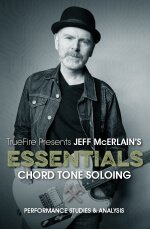
One of the most important improvisational skills is learning how to play over chord changes. This can be very confusing and frustrating for guitarists because there are so many different approaches, some of which are very technical and theoretical. Even some simple three chord songs can be challenging to solo over melodically. One of the easiest ways to overcome this challenge is revealed here in this Chord Tone Soloing edition of Essentials from Jeff McErlain.
Subscribe and also receive our free eBook on modes for rock guitar and 7 jam/backing tracks

